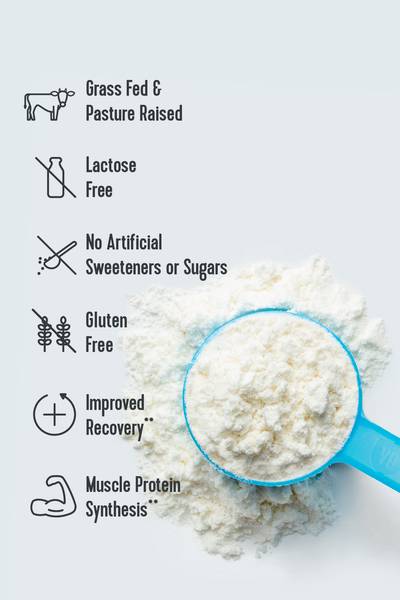Lively connected with Kim Conley, two-time Olympian, professional runner for New Balance and author of her personal blog,Running Back In Time, where sheshares the history of everywhere she trains.
She shares how she started running, what it's like to be an Olympian, how she fuels her runs and more!Plus, keep an eye out for more blog posts by Conley onLivelylater this month.
At the end of a long dirt road, on the edge of a prairie dotted with piñon pines, there's a stone historical marker, denoting the Beale Wagon Trail. It would be easy to miss driving by — most of the people that make it that far up Forest Road 141 are on their way to more exciting things, like summiting Kendrick Mountain or ATVing in remote corners of Kaibab National Forest. But last May, when I finally found the marker, it was a moment of triumph, and the end of a months-long quest.

The adventure began after reading Inland by Téa Obrehts, a novel set in Northern Arizona. The background of her novel entailed camels roaming the desert, which made no sense to me. I began doing some research on the side and learned that the United States had conducted an experiment using camels in the Southwest.
When the Civil War broke out the experiment was terminated, leaving the camels to wander the desert. In the process, I discovered that the lieutenant in charge of the expedition had marched right through the Flagstaff with his camels, and that one of my favorite run locations intersected with his path. I set out to find his trail, and while there were many failed attempts, I thoroughly enjoyed the process of exploring the land by foot and thinking about the landscape through the lens of how it looked and felt to the pioneers and explorers who had come through the same place 150 years before.
After finally finding the historical marker for the camel train, I became increasingly aware of the brushes with history I had whenever I ran, both in Flagstaff and throughout my travels as a professional athlete. While I initially thought that finding that historical marker was the end of that journey, it turned out to be the beginning of a project to learn and share the history of everywhere I train.
Since then, I've followed the footsteps of Spanish Missionaries and explorers in California, reminisced about past altitude camps in Mexico, and looked at the Pacific Northwest through the eyes of the pioneers that arrived 200 years ago. Writing my blog, Running Back in Time,has allowed me to combine the life I've built around my running career with my interest in the places I travel.
Most recently, after racing in Portland, Oregon, I ran down a beautiful dirt path along the Columbia River. The river stretches wide, separating the states of Oregon and of Washington, and towering fir trees line its banks. In the early 1800s, Lewis and Clark rafted along those very banks, scouting the Pacific Northwest for President Thomas Jefferson.

Later, when Americans migrated West, it was the final stretch of the Oregon Trail. As I looked out across the water, slow and dark under a cloudy sky, I could imagine both the weariness and optimism of the pioneers who were finishing their treks, finally at their destination and ready to begin a new life.
A career built around running has fostered a deep appreciation for the outdoors and respect for physical exertion. Writing Running Back in Time allows me to see the landscapes of my training grounds in a new light where I feel like I can connect the past and present. Adding an awareness for history allows me to understand a place, and now that I’ve begun looking for the signs, I’ve found that the ability to glimpse into the past exists around every corner.

















